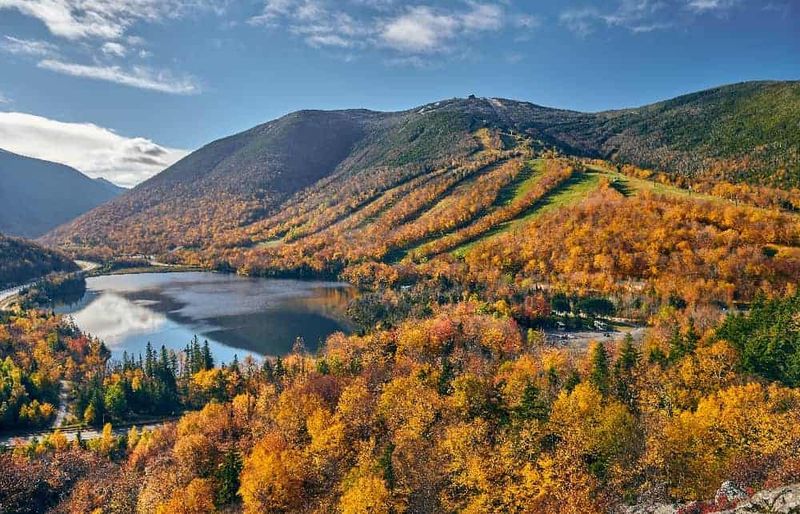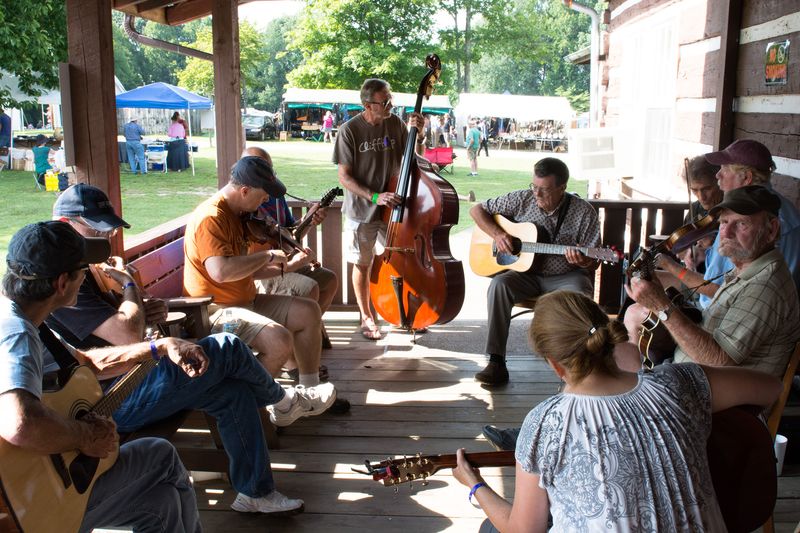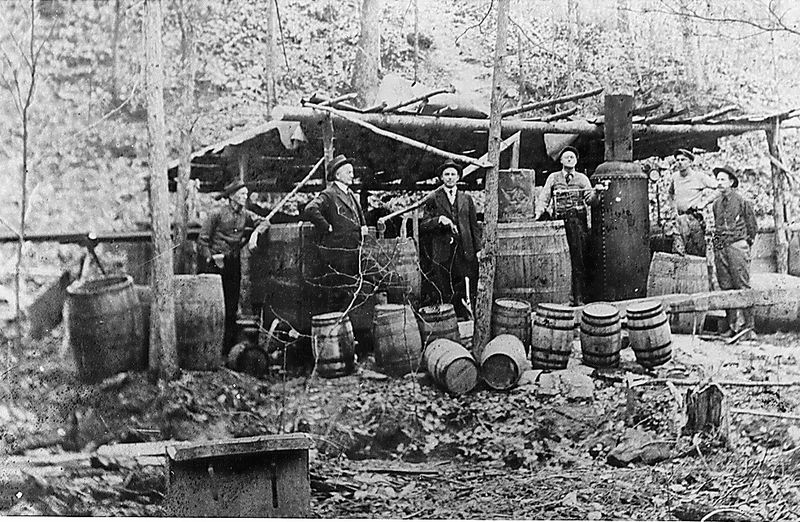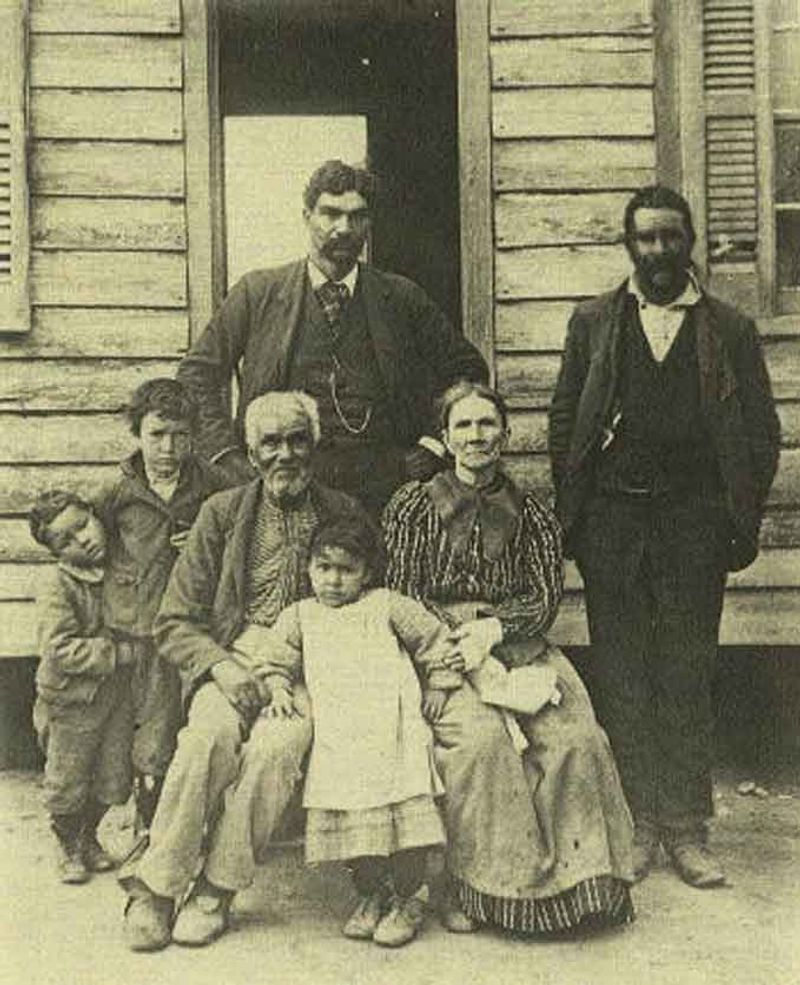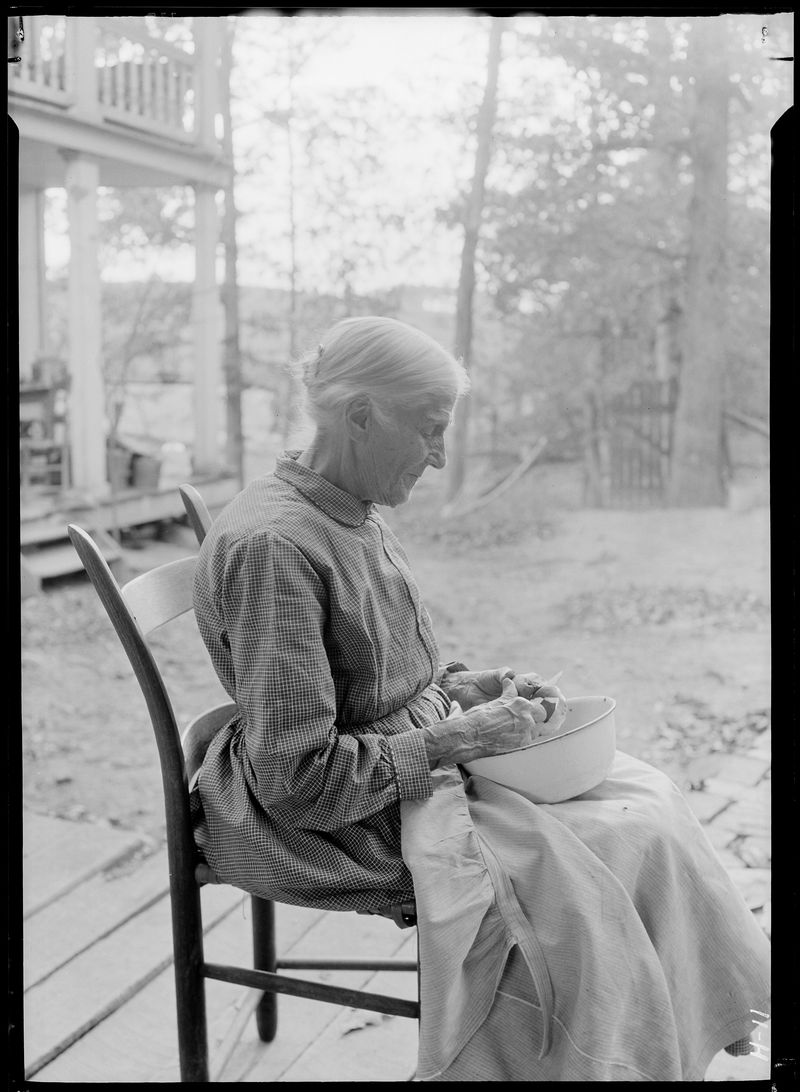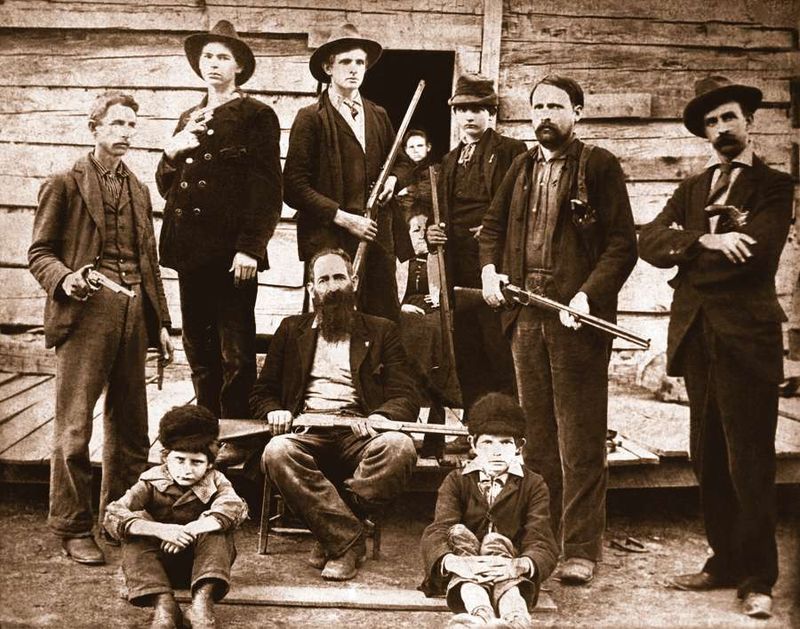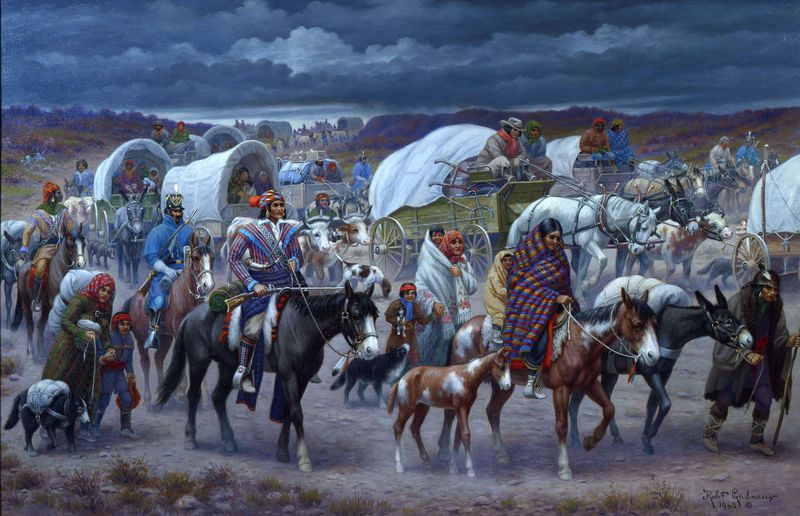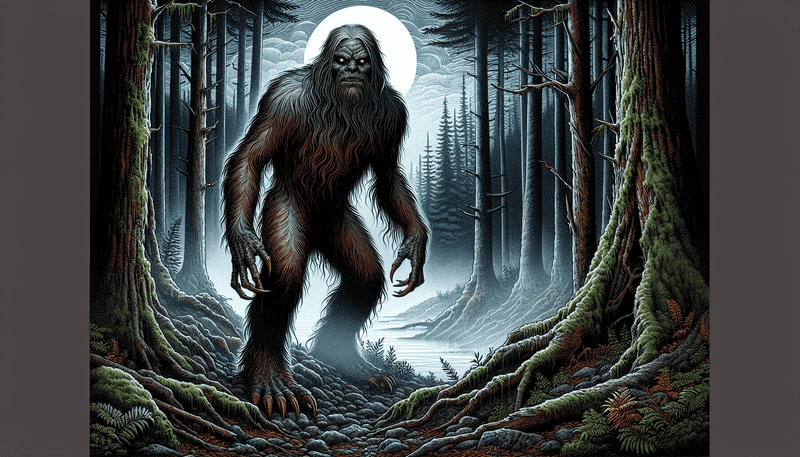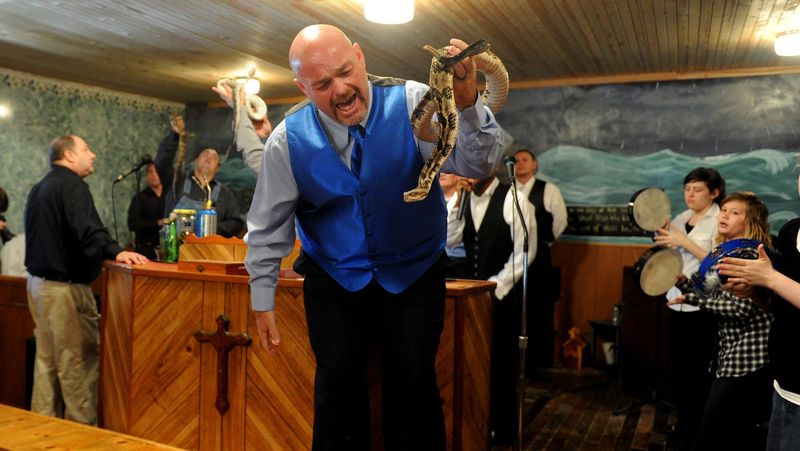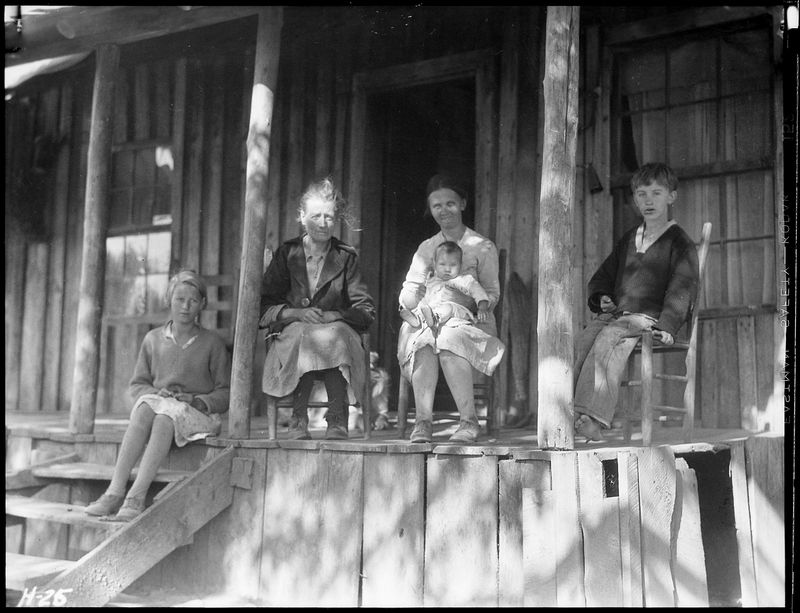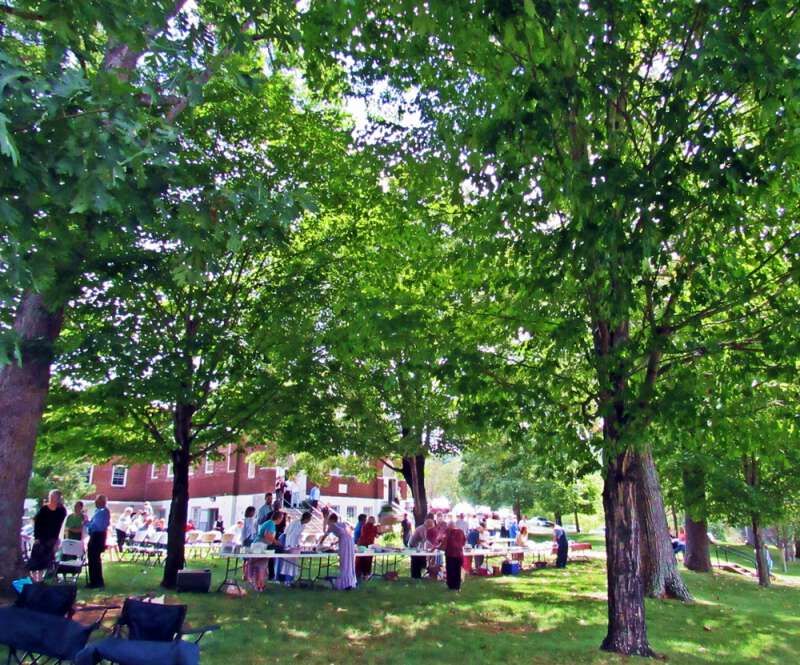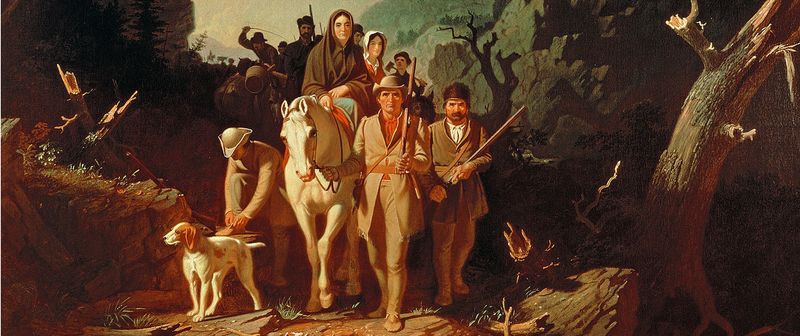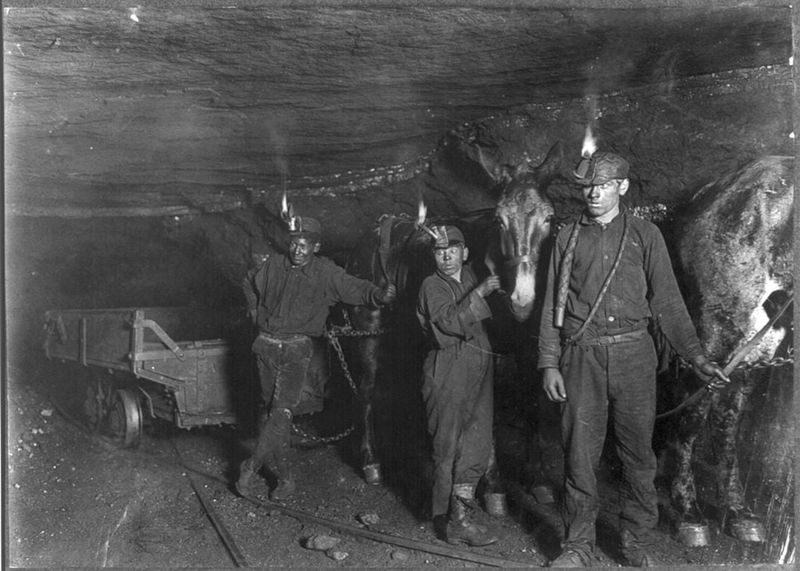Explore the rich tapestry of Appalachian culture, an area steeped in history, tradition, and unique customs. From its ancient mountains to its vibrant music scene, the Appalachians offer a glimpse into a world where past and present intertwine. Discover the fascinating stories and distinctive characteristics that define this culturally rich region of the United States.
1. One of the Oldest Mountain Ranges in the World
The Appalachian Mountains stand as a testament to nature’s ancient artistry. Over 480 million years old, these majestic peaks predate even the Atlantic Ocean and dinosaurs. The range stretches from Canada to Alabama, presenting a rugged landscape that has witnessed countless epochs of change. The Appalachians’ age is evident in their weathered, rounded summits, contrasting with the jagged peaks of younger ranges. This timeworn beauty offers a rich habitat for diverse flora and fauna, contributing to its ecological significance. The mountains’ storied history beckons explorers and nature lovers, offering tranquility and adventure alike.
2. Home to a Unique Dialect
Nestled in these mountains is a language rich with history. The Appalachian dialect, often misunderstood, preserves the linguistic roots of Old English and Scots-Irish settlers. Words like “holler” for a small valley and “poke” for a bag are everyday terms here. This dialect provides a fascinating glimpse into the past, where linguistic evolution met isolation. The unique syntax, vocabulary, and pronunciation form a tapestry of cultural heritage, revealing how language can adapt while retaining its core identity. This linguistic mosaic is more than mere words; it’s a cultural emblem of resilience.
3. The Birthplace of Bluegrass & Old-Time Music
Appalachia is the cradle of bluegrass and old-time music, resonating with the harmonious blend of banjo, fiddle, and dulcimer. This music echoes the soul of the mountains, drawing from Scottish, Irish, and African musical traditions. Legends like The Carter Family and Bill Monroe emerged from these hills, shaping the face of American music forever. The community bonds over jam sessions, where stories and songs interweave, creating a cultural symphony. Bluegrass festivals continue to draw enthusiasts, keeping alive the vibrant musical legacy that speaks to the heart’s rhythm.
4. Moonshining Was a Way of Life
Moonshining stands as a daring testament to Appalachian ingenuity. During Prohibition, illegal distilleries dotted the hills, producing the infamous “white lightning.” This clandestine craft became a way of life, reflecting both defiance and necessity. The moonshiners’ legacy lives on, intertwining with NASCAR’s early days, where fast cars outran the law. The art of distillation was passed down through generations, often in secretive whispers. Today, moonshine is celebrated in festivals, a nod to a rebellious past that shaped the region’s identity and spirit of independence.
5. The Melungeons: A Mysterious Mixed-Heritage Group
The Melungeons, a unique ethnic group with enigmatic origins, weave a fascinating story in Appalachian history. With dark skin and light eyes, their ancestry remains a subject of intrigue and speculation. Believed to be of Portuguese, Turkish, or Native American descent, the Melungeons challenge the boundaries of identity and classification. Their communities, nestled in the hills, preserve a distinct cultural heritage that defies simple categorization. This enigmatic group’s existence highlights the rich tapestry of human migration and interaction, sparking curiosity and respect for cultural diversity.
6. “Granny Magic” & Folk Healing
Appalachian folk healing, affectionately known as “Granny Magic,” blends tradition with mystique. Rooted in ancient practices, it involves herbal remedies like sassafras tea and ginseng root, passed down through generations. “Water witches,” or dowsers, use forked sticks to locate underground water, showcasing a deep connection with nature. These practices reflect the spirit of self-reliance and resourcefulness, embracing both the mystical and the practical. The wisdom of Appalachian grannies continues to thrive, offering a comforting touch that bridges past and present, healing more than just physical ailments.
7. The Hatfield-McCoy Feud (1880s)
The Hatfield-McCoy feud, etched in Appalachian lore, symbolizes the volatile mix of pride, land, and family loyalty. In the 1880s, these two families clashed violently over a stolen pig and boundary disputes, leaving a trail of bloodshed. The feud, fueled by misunderstandings and escalating tensions, captivated the nation, becoming a cautionary tale of rivalry and retribution. Its legacy endures in cultural memory, highlighting the disruptive power of unchecked animosity. Today, the story serves as both a historical lesson and a testament to the complexities of human relationships.
8. The Trail of Tears Passed Through Appalachia
The Trail of Tears, a grim chapter in Appalachian history, marks the forced relocation of Cherokee, Creek, and other tribes in the 1830s. This tragic journey, fraught with suffering and loss, wound through the Appalachian landscape, leaving an indelible scar. Thousands perished due to harsh conditions, disease, and starvation. The mountains bore silent witness to this human tragedy, a stark reminder of the cost of displacement. Today, the Trail of Tears stands as a symbol of resilience and a call to remember and honor those who endured such hardship.
9. “Jack Tales” – Appalachian Folklore
Jack Tales, a beloved component of Appalachian folklore, weave stories of Jack, a cunning and resourceful trickster hero. Passed down through oral tradition, these tales blend European fairy tale elements with Appalachian life, offering lessons in wit and perseverance. In a world where cleverness meets adversity, Jack outsmarts giants, witches, and challenges, capturing the imagination of listeners. These stories, rich with humor and moral undertones, serve as a cultural bridge connecting past and present, reflecting the values and struggles of Appalachian communities.
10. The “Wild Men” of the Woods
Legends of “wild men” like Bigfoot, also known as the Wood Booger, tantalize the Appalachian imagination. These mysterious creatures, said to roam the dense forests, spark curiosity and fear. Stories of encounters with these elusive beings have been passed down, adding an element of mystery to the wooded landscapes. The Wampus Cat, another folklore creature, adds to the allure with its shape-shifting abilities. These legends, steeped in mystery, offer a thrilling glimpse into the unknown, reflecting humanity’s fascination with nature and the unexplained.
11. Snake-Handling Churches
Snake-handling churches, a unique religious practice in Appalachia, capture the region’s deep spiritual fervor. Rooted in Pentecostal traditions, congregations interpret Mark 16:18 literally, handling serpents as a demonstration of faith. This controversial practice, often misunderstood, reflects a belief in divine protection and the power of faith. Despite dangers, adherents find spiritual fulfillment and a sense of community in these rituals. Snake-handling remains a testament to the diverse religious landscape of Appalachia, where faith takes many forms, challenging conventional norms and embracing the extraordinary.
12. The Great Appalachian Migration (1900s)
The Great Appalachian Migration, a pivotal movement in the 20th century, saw millions leaving their mountainous homes for industrial jobs in the Midwest. This migration spread Appalachian culture, including bluegrass music, food, and slang, across the nation. As families sought better opportunities, they carried with them the spirit of resilience and adaptability. This cultural diffusion enriched the American tapestry, influencing music, cuisine, and language. The migration stands as a testament to the enduring spirit of Appalachia, where roots run deep, yet the quest for a better life propels change.
13. The “Hillbilly” Stereotype
The term “hillbilly,” initially a neutral label for rural Scots-Irish, evolved into a derogatory stereotype, misrepresenting Appalachian people as backward and uncultured. This oversimplification overlooks the region’s rich cultural heritage and resilience. Amidst these stereotypes, Appalachians have embraced their roots, using humor and pride to counter negative portrayals. The stereotype’s persistence highlights broader societal issues of misunderstanding and prejudice. Today, cultural initiatives seek to reclaim and redefine “hillbilly,” celebrating the true diversity and richness of Appalachian identity beyond simplistic caricatures.
14. “Dinner on the Grounds” – Church Picnics
“Dinner on the Grounds,” a cherished Appalachian tradition, reflects the community’s warmth and hospitality. These church picnics feature bountiful spreads of fried chicken, cornbread, pies, and more, fostering fellowship and unity. Families and friends gather to share meals and stories, strengthening community bonds. This practice, steeped in tradition, offers a glimpse into Appalachian social life, where food and fellowship nurture both body and spirit. The picnic embodies a spirit of sharing and gratitude, continuing to unite communities in a celebration of togetherness and culinary heritage.
15. The “Haint Blue” Porch Ceiling Tradition
The tradition of painting porch ceilings “haint blue” in Appalachia blends spiritual beliefs with cultural aesthetics. This unique practice, originating from African and Scots-Irish influences, is believed to ward off evil spirits, or “haints.” The soft blue hue mimics the sky, tricking spirits into passing by. This folkloric tradition adds character to Appalachian homes, reflecting a blend of practicality and mysticism. The blue ceilings offer not only protection but also a touch of serenity, enhancing the charm of rural living with a splash of color and a whisper of legend.
16. The “Wilderness Road” Opened the West
Daniel Boone’s Wilderness Road, carved through the Cumberland Gap, marked a pivotal chapter in America’s westward expansion. This trail, winding through the Appalachian mountains, allowed settlers to push into Kentucky and beyond. Boone’s path, fraught with challenges, became a symbol of exploration and courage. The Wilderness Road facilitated migration, promoting the exchange of ideas and culture. This historic route underscores Appalachia’s role in shaping the nation’s frontier spirit, linking the past’s adventurous pursuits with the present’s enduring quest for discovery and growth.
17. The “Affrilachian” Poets
The Affrilachian Poets, a movement celebrating Black Appalachian culture, challenge narratives of homogeneity in the region. Led by poet Frank X Walker, this group amplifies diverse voices, weaving stories of identity, struggle, and resilience. Their poetry captures the complexities of Appalachian life, offering fresh perspectives and breaking stereotypes. The Affrilachian movement enriches the cultural landscape, highlighting the intersection of race and regional identity. Through verse, these poets honor the past while envisioning an inclusive future, echoing Appalachia’s spirit of diversity and innovation.
18. The “Dulcimer” – A Mountain Instrument
The dulcimer, a quintessential Appalachian instrument, embodies the region’s musical tradition and craftsmanship. With its soothing, melodic tones, the dulcimer adds a distinctive sound to folk music. This hand-crafted string instrument reflects the resourcefulness and creativity of Appalachian artisans, who continue to make dulcimers using time-honored techniques. Its unique shape and sound capture the essence of mountain life, resonating with the rhythm of the hills. The dulcimer’s enduring appeal underscores Appalachia’s rich musical heritage, inviting listeners to explore a world where artistry and tradition harmoniously converge.
19. The “Dark Side” of Coal Mining
Coal mining, a cornerstone of Appalachian economy, casts a shadow with tales of hardship and danger. Miners face treacherous conditions, risking life and health. Black lung disease and labor disputes highlight the industry’s darker aspects. Yet, coal mining also represents resilience and community spirit, as towns built around mines fostered tight-knit communities. The legacy of mining includes labor rights movements that fought for safer, fairer conditions. This complex narrative of struggle and perseverance remains a significant part of Appalachian identity, as the region grapples with the balance between tradition and modernization.
20. “Appalachian English” Has Shakespearean Roots
Appalachian English, a linguistic treasure, traces its roots back to Elizabethan times. Phrases like “afeared” (afraid) and “yonder” harken to Shakespearean English, preserved in the mountains’ linguistic isolation. This dialect, often misunderstood, offers a window into a bygone era, where language evolved in tandem with culture. The expressions and pronunciations reflect both history and innovation, speaking to the adaptability of Appalachian communities. This unique language variant enriches cultural understanding, offering a poetic glimpse into the region’s linguistic and historical tapestry.

